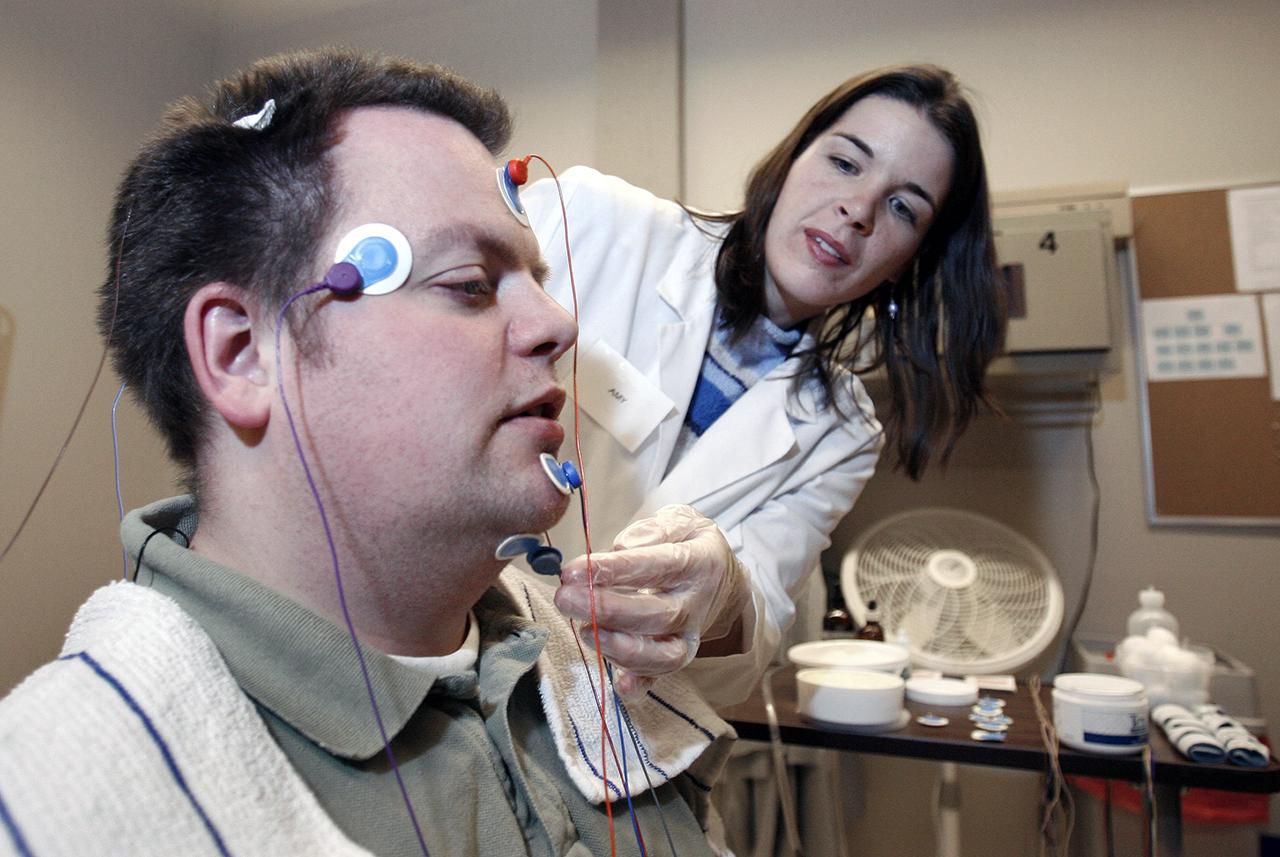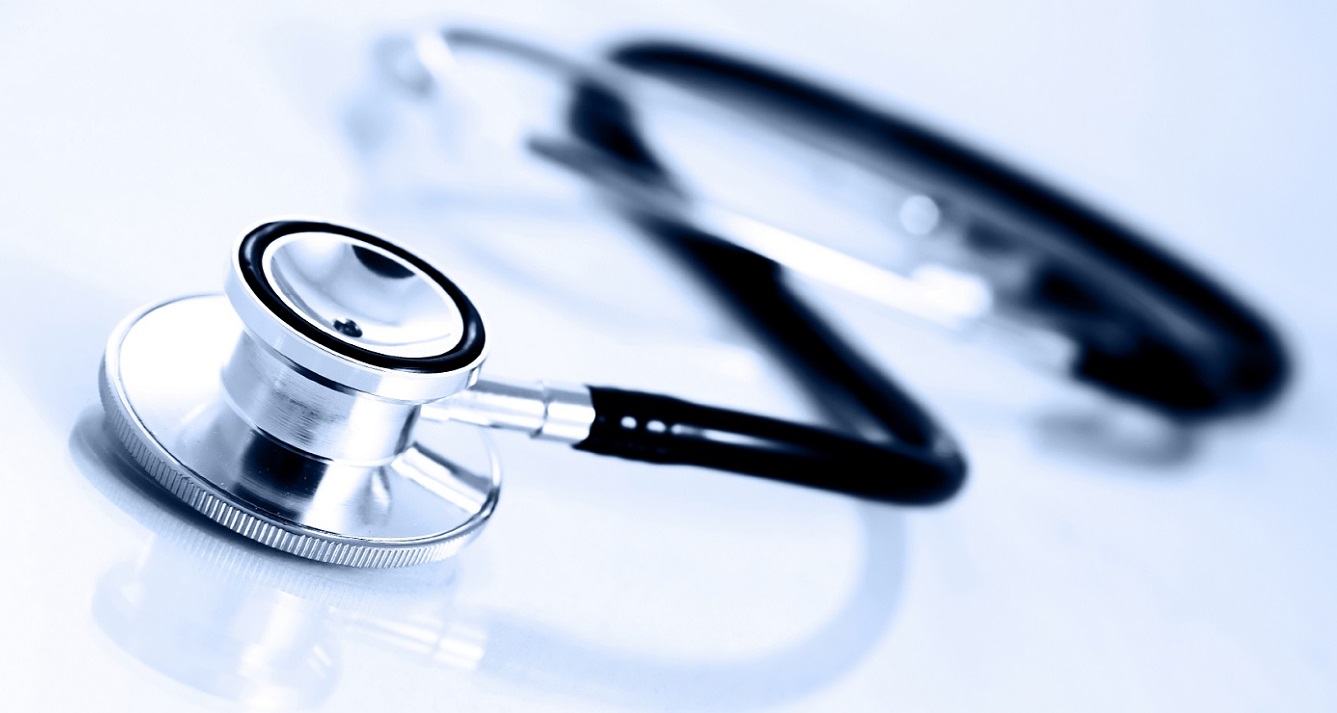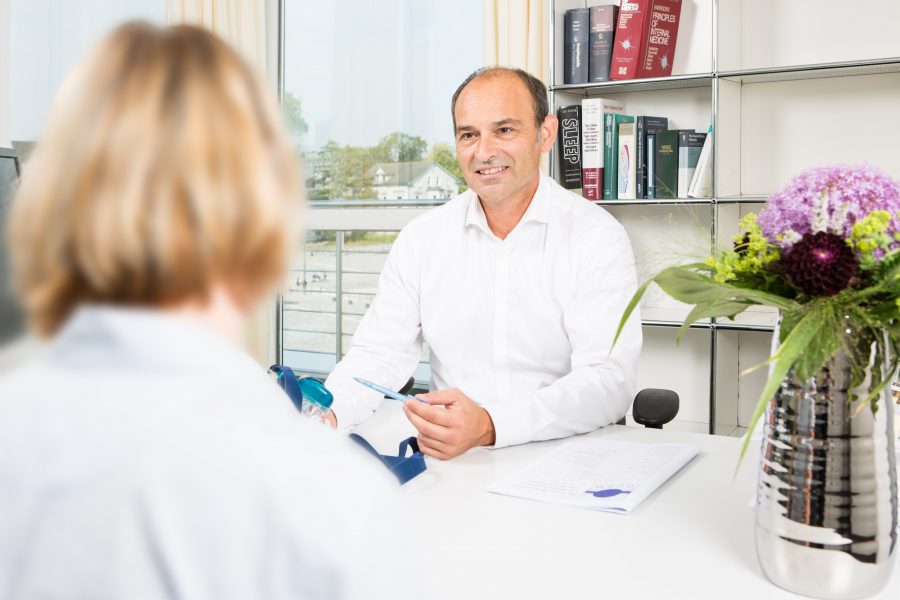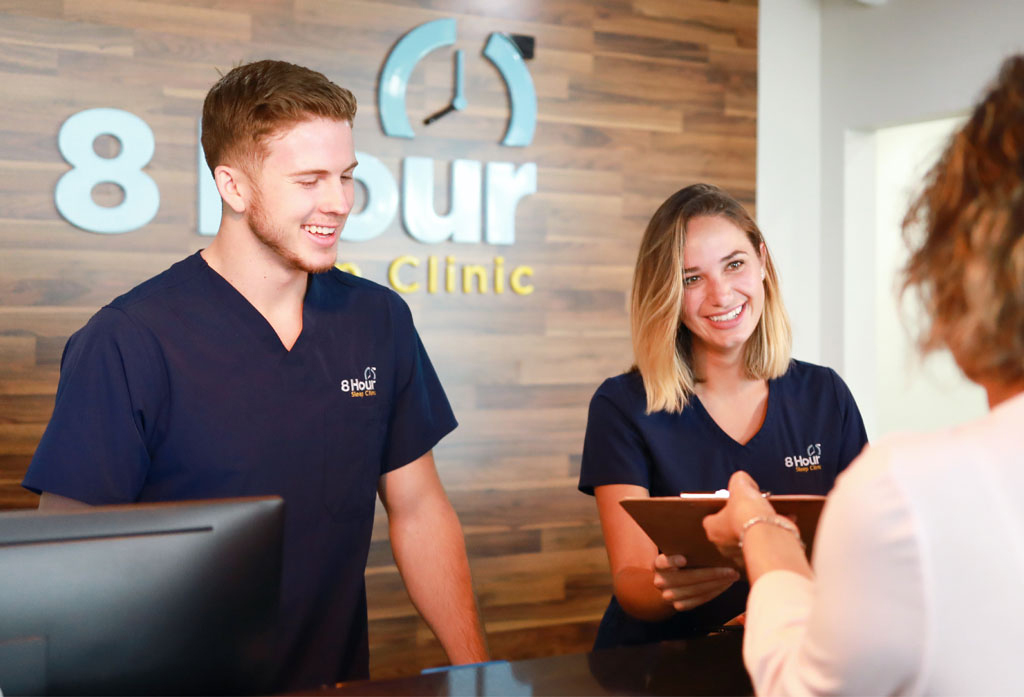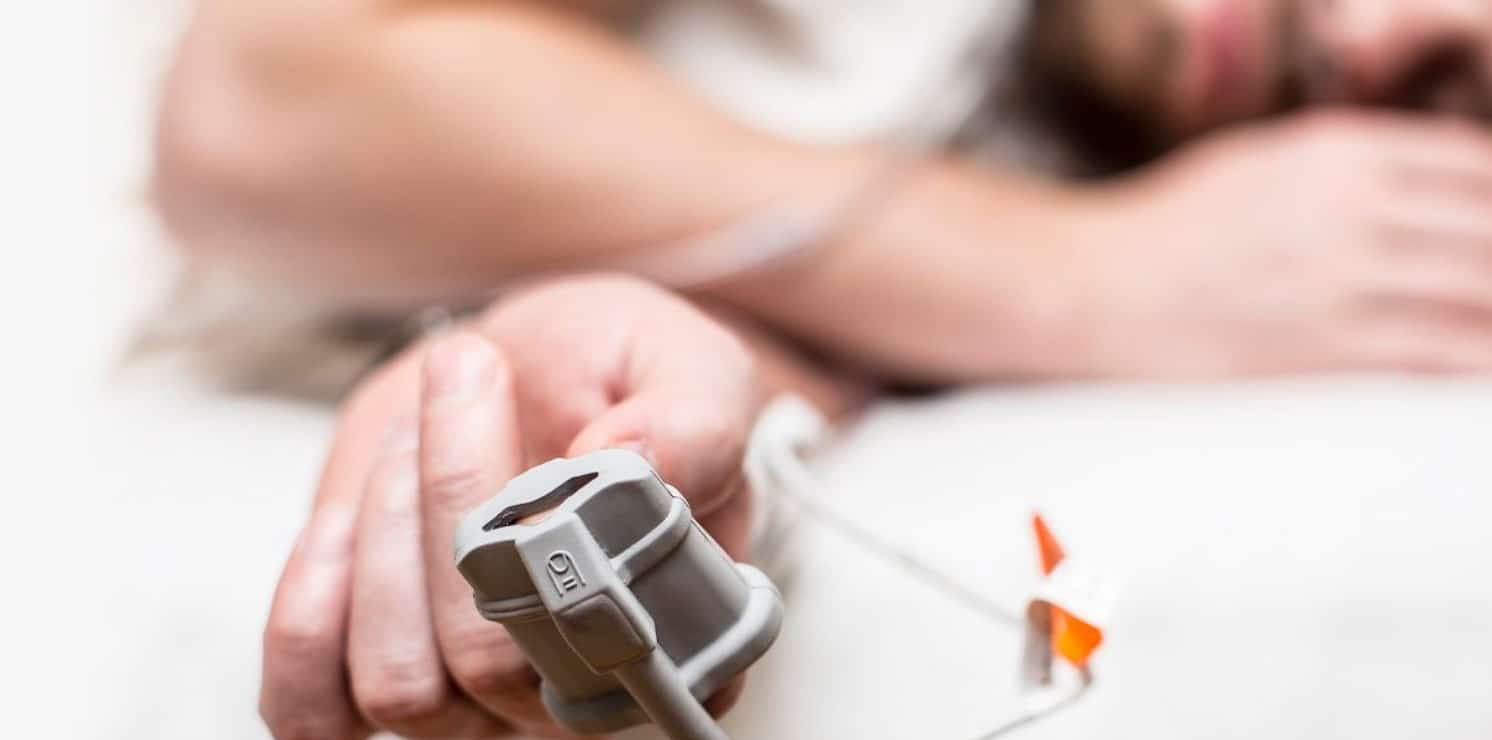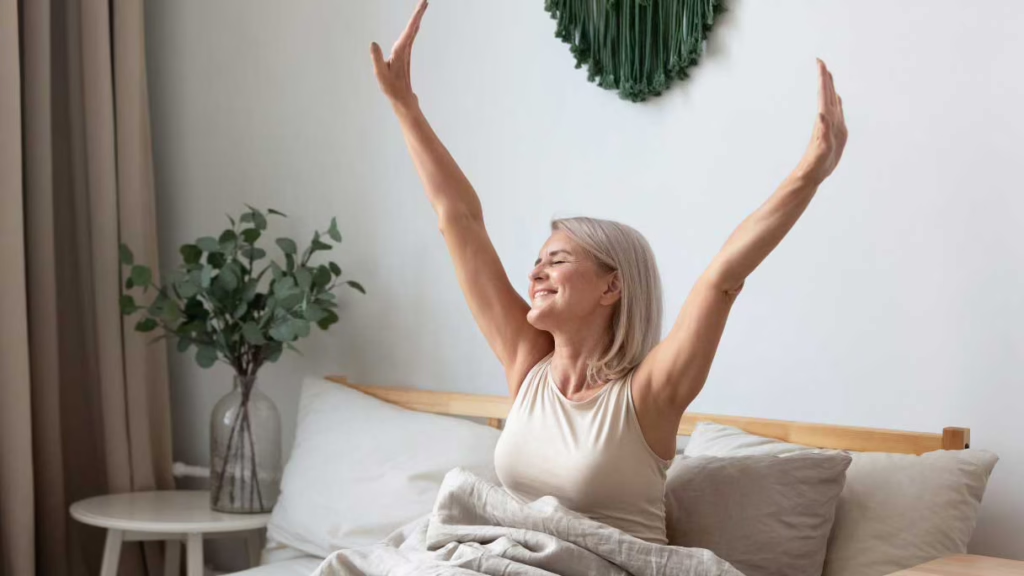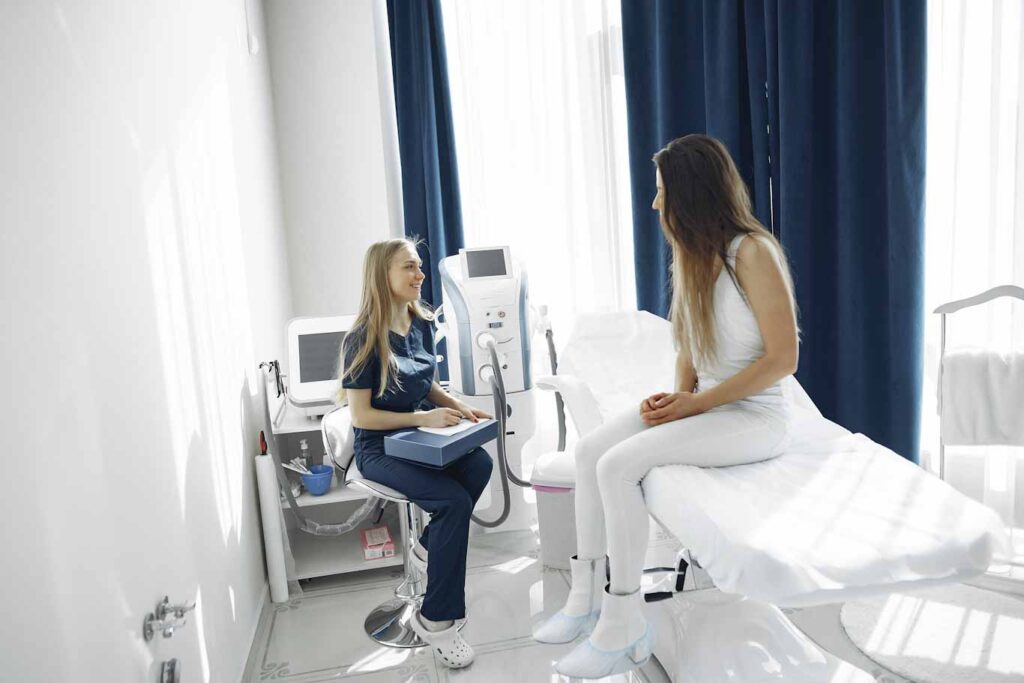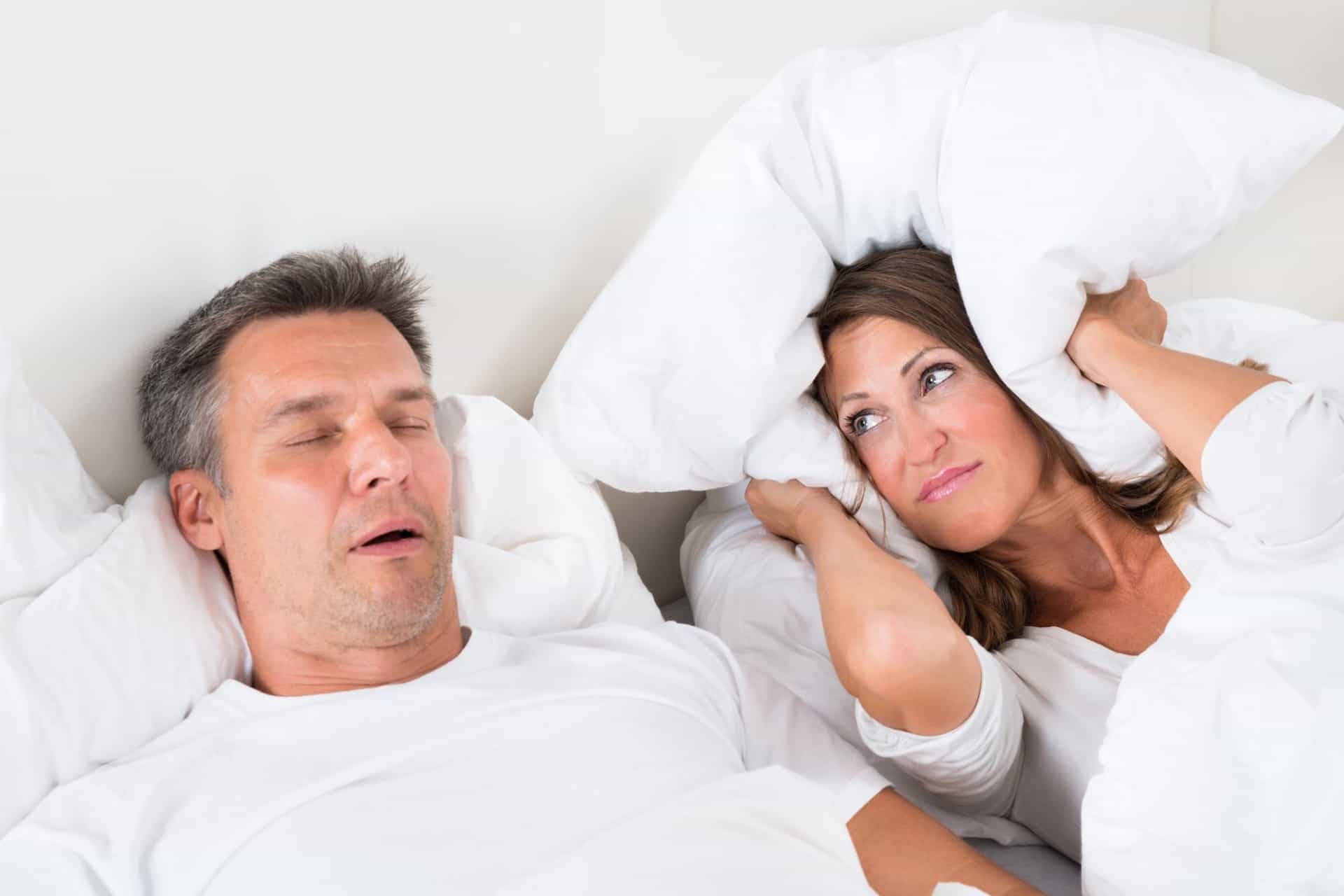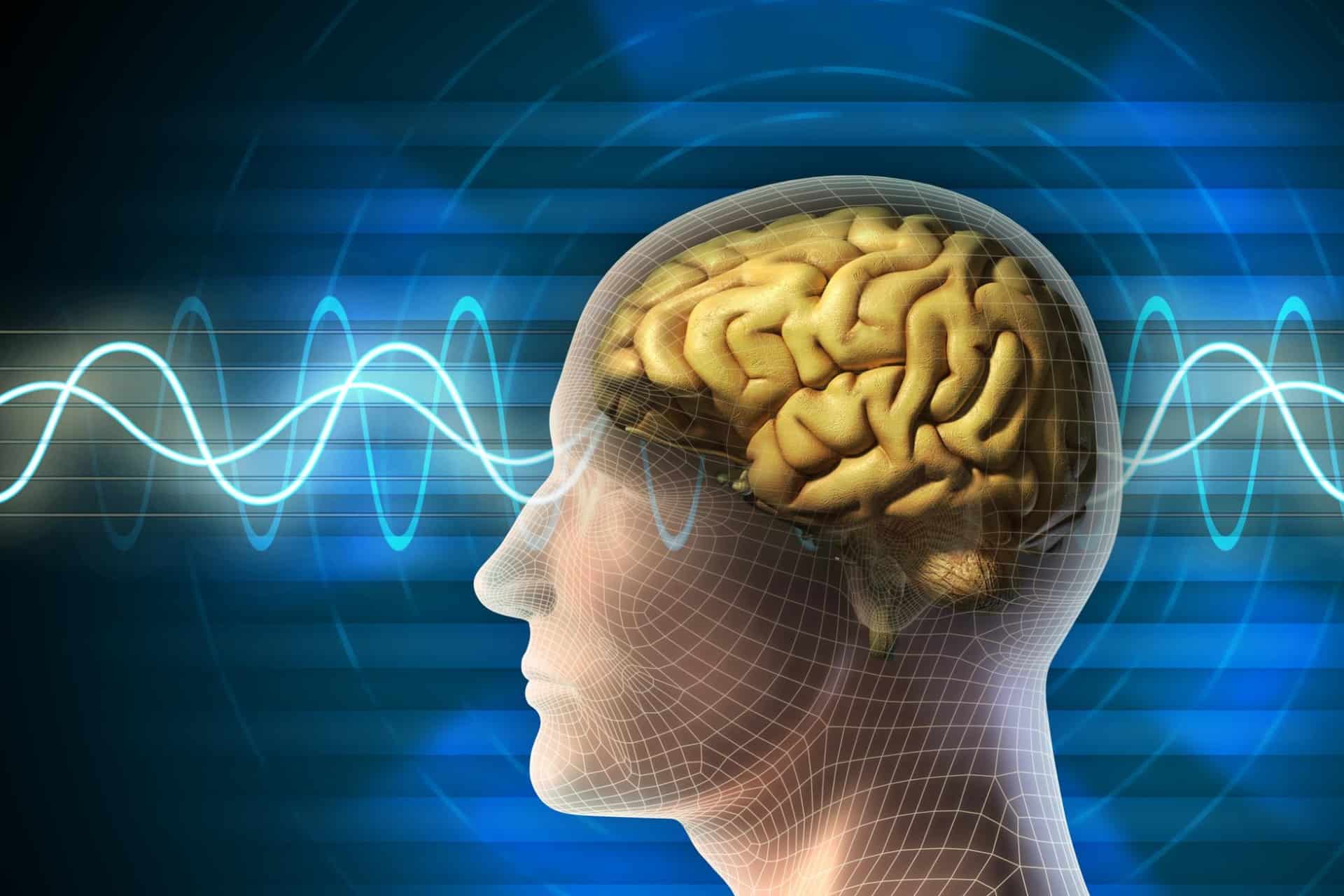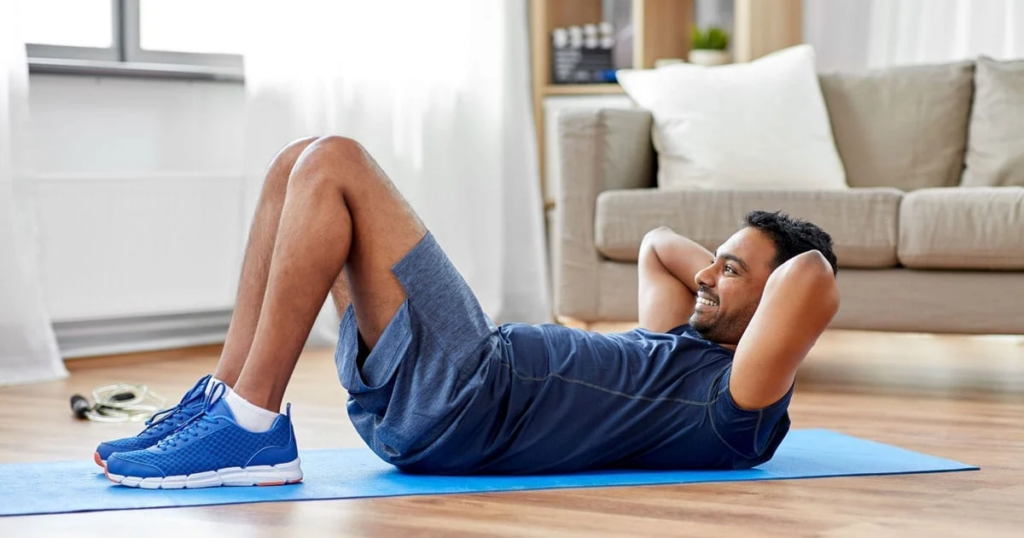Sleep tests play a crucial role in diagnosing and treating sleep disorders. They provide valuable insights into a person’s sleep patterns, helping identify issues that may be affecting their sleep quality. In this article, we will explore the different types of sleep tests, their importance, how to prepare for them, and how to interpret the results.
The Importance of Sleep Tests
Proper sleep is essential for overall health and well-being. Sleep disorders, such as sleep apnea, insomnia, and narcolepsy, can have a significant impact on an individual’s quality of life. Sleep tests help healthcare professionals accurately diagnose these conditions, leading to appropriate treatment plans.Several sleep type tests are available, with each serving a unique purpose.
When it comes to understanding the complexities of sleep, sleep tests play a crucial role in unraveling the mysteries that occur when we close our eyes at night. These tests are not just about monitoring basic functions; they delve deep into the intricate mechanisms of the body during rest, providing a comprehensive picture of what happens when we enter the realm of dreams.
Identifying Sleep Disorders
Sleep tests are instrumental in identifying various sleep disorders. By monitoring brain waves, heart rate, breathing, and other physiological factors during sleep, sleep tests can pinpoint abnormalities such as obstructive sleep apnea, restless legs syndrome, and periodic limb movement disorder.
Moreover, these tests are not limited to detecting common sleep disorders; they can also uncover lesser-known conditions that may be disrupting a person’s rest. From parasomnias like sleepwalking to circadian rhythm disorders, sleep tests serve as a diagnostic tool for healthcare providers to uncover the root causes of sleep disturbances.
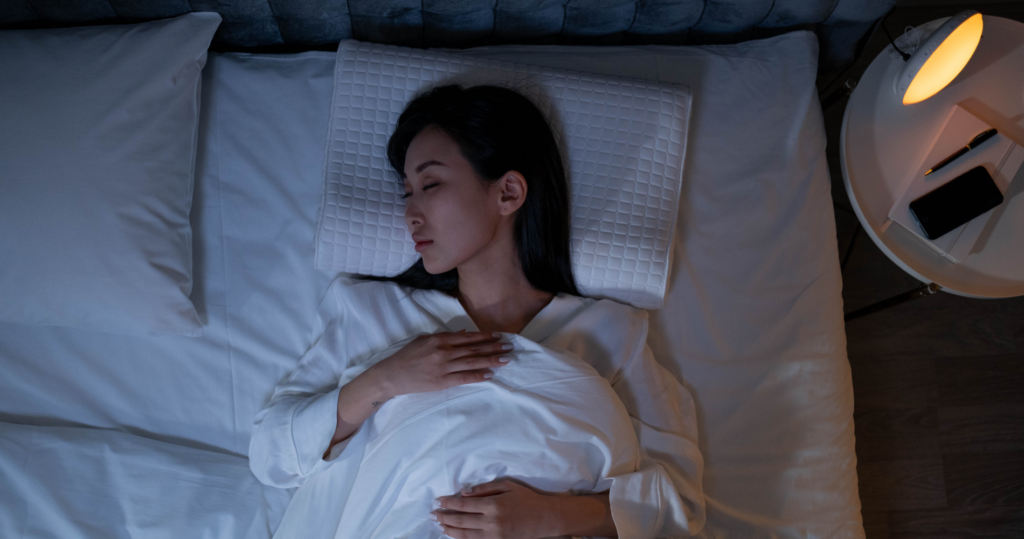
Improving Sleep Quality
Sleep tests also offer valuable insights into the factors affecting sleep quality. By identifying disturbances like nocturnal awakenings or poor sleep architecture, healthcare professionals can recommend appropriate interventions to improve sleep quality and overall well-being.
Furthermore, the data gathered from these tests can be used to create personalized sleep plans tailored to an individual’s specific needs. Whether it’s optimizing sleep hygiene practices or exploring advanced therapies, the information obtained from sleep tests can pave the way for a more rejuvenating and restorative slumber.
Overview of Sleep Tests
Sleep tests play a crucial role in diagnosing various sleep disorders and conditions that can significantly impact an individual’s health and quality of life. By monitoring specific physiological parameters during sleep, healthcare professionals can gain valuable insights into a person’s sleep patterns, behaviors, and overall well-being.
Read more at: Home Sleep Tests in Australia
Polysomnography (PSG)
Polysomnography is a comprehensive sleep test that involves monitoring various physiological parameters, including brain waves, eye movements, muscle activity, and heart rhythm. This test is typically conducted in a sleep laboratory, allowing healthcare professionals to collect detailed data relevant to diagnosing sleep disorders.
During a polysomnography test, electrodes are placed on the scalp, face, chest, and legs to record brain activity, eye movements, muscle tone, and heart rate variability. Additionally, sensors may be used to monitor breathing patterns, oxygen levels, and other vital signs throughout the night. The information gathered from a polysomnography test helps healthcare providers identify sleep disorders such as sleep apnea, insomnia, restless legs syndrome, and parasomnias.
Multiple Sleep Latency Test (MSLT)
The Multiple Sleep Latency Test measures the time it takes for an individual to fall asleep during specified periods throughout the day. This test is primarily used to evaluate excessive daytime sleepiness and narcolepsy.
Individuals undergoing an MSLT are typically asked to take several naps at specific intervals during the day, allowing healthcare providers to assess their propensity to fall asleep and enter rapid eye movement (REM) sleep. The results of the MSLT can provide valuable information about a person’s overall sleep quality, daytime alertness, and potential sleep disorders affecting their ability to maintain wakefulness.
Maintenance of Wakefulness Test (MWT)
The Maintenance of Wakefulness Test assesses an individual’s ability to stay awake in a quiet and relaxed environment. It is commonly performed to evaluate excessive sleepiness and determine a person’s ability to perform tasks safely, such as driving or operating heavy machinery.
During an MWT, individuals are instructed to sit in a quiet, dimly lit room and are encouraged to stay awake for designated periods. Healthcare providers observe their behavior, alertness, and ability to resist falling asleep. The MWT results help determine a person’s capacity to remain awake during critical tasks and activities that require sustained attention and vigilance. Learn more about capacity at https://www.ichk.edu.hk/news/ability-capacity-and-capability
Home Sleep Tests (HST)
Home sleep tests are portable devices that allow individuals to undergo sleep testing in the comfort of their own homes. They typically monitor key parameters such as airflow, respiratory effort, and blood oxygen levels. Home sleep tests are often used to screen for sleep apnea and other common sleep disorders.
Individuals who undergo a home sleep test are provided with a portable monitoring device that they wear while sleeping in their own bed. The device records data such as breathing patterns, oxygen saturation levels, and snoring intensity. Home sleep tests offer a convenient and cost-effective way to assess sleep quality and screen for potential sleep disorders, providing valuable information for further evaluation and treatment by healthcare professionals.
Preparing for Your Sleep Test
Preparation is key to ensure accurate and reliable sleep test results. Here’s what you can expect:
Before undergoing a sleep test, it is essential to understand the significance of the procedure. Sleep tests, also known as polysomnography, are conducted to diagnose various sleep disorders such as sleep apnea, insomnia, and restless leg syndrome. These tests monitor your brain waves, breathing patterns, heart rate, and other vital signs while you sleep, providing valuable insights into your sleep quality and identifying any underlying issues that may be affecting your rest.
What to Expect
Prior to the sleep test, you may be asked to avoid certain medications or substances that could interfere with the results. The sleep test itself typically involves spending a night at a sleep center or using a home sleep testing device, depending on the type of test being conducted.
During an in-center sleep test, you will be monitored by trained technologists who will ensure that the sensors are properly placed and that the equipment is functioning correctly. The room is designed to be comfortable and conducive to sleep, resembling a cozy hotel room rather than a clinical setting. Home sleep testing devices, on the other hand, provide the convenience of conducting the test in the familiar environment of your own home, offering a more natural sleep experience.
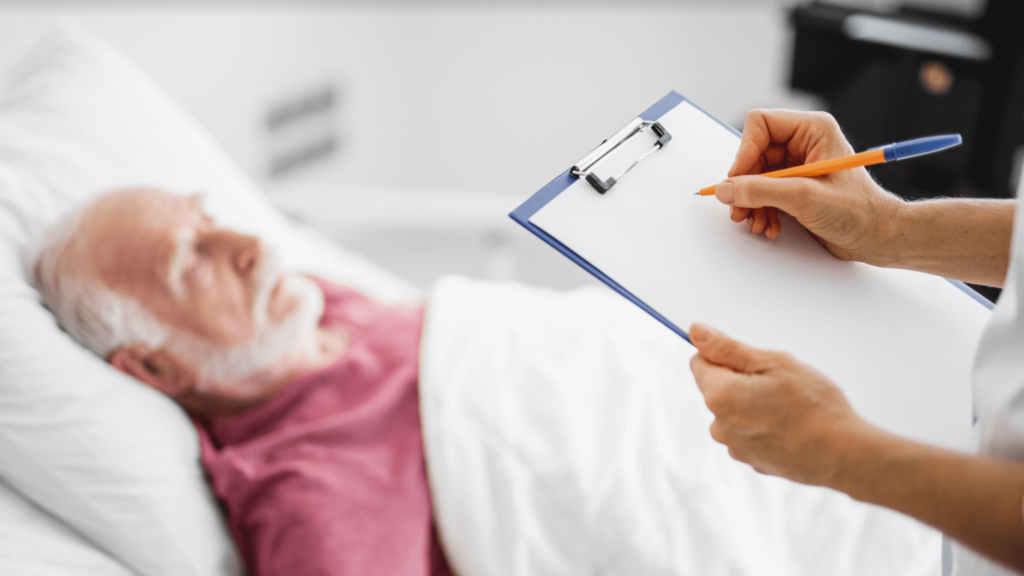
Tips for a Successful Test
To ensure a successful sleep test, it’s important to follow the instructions provided by your healthcare provider. This may include avoiding caffeine, alcohol, or daytime napping on the day of the test. Creating a comfortable sleeping environment and adhering to your usual sleep schedule can also contribute to accurate test results. Click here to find more about alcohol.
Additionally, it is recommended to inform the sleep center staff about any medications you are taking and any pre-existing conditions that may impact your sleep. By being transparent about your health history, you enable the healthcare team to tailor the test to your specific needs and ensure the most accurate results possible. Remember, the goal of the sleep test is to provide valuable insights into your sleep patterns and help you achieve a better night’s rest.
Interpreting Sleep Test Results
Understanding the results of a sleep test can provide valuable insights into your sleep patterns and help diagnose sleep disorders. It’s important to consult with a healthcare professional to accurately interpret the results. Here are some key points to consider:
Understanding Your Sleep Patterns
By analyzing the data collected during the sleep test, healthcare professionals can identify the different stages of sleep you experience throughout the night. This information helps determine if any irregularities or disruptions are present in your sleep patterns.
For example, rapid eye movement (REM) sleep is a crucial stage associated with dreaming and cognitive function. Monitoring the duration and frequency of REM sleep can reveal important information about your overall sleep quality and mental well-being.
Diagnosing Sleep Disorders
Sleep test results are crucial in diagnosing sleep disorders. By evaluating various sleep parameters such as apnea-hypopnea index (AHI), respiratory events, and sleep fragmentation, healthcare professionals can identify the presence and severity of conditions like sleep apnea or insomnia.
Furthermore, the analysis of oxygen saturation levels during sleep can provide insights into conditions like nocturnal hypoxemia, where oxygen levels drop significantly during the night. This data is essential for diagnosing respiratory disorders and determining appropriate treatment plans to improve overall sleep quality and health.
Treatment Options After Sleep Tests
Treatment options for sleep disorders vary depending on the specific condition and its severity. Here are some common approaches:
Medication and Therapy
For certain sleep disorders, medication may be prescribed to alleviate symptoms and improve sleep quality. Additionally, therapies such as cognitive behavioral therapy for insomnia (CBT-I) may be recommended to address underlying causes and promote healthy sleep habits.
Lifestyle Changes for Better Sleep
In many cases, making simple lifestyle changes can significantly improve sleep quality. These changes may include maintaining a consistent sleep schedule, creating a sleep-friendly environment, practicing relaxation techniques, and adopting healthy sleep practices.
Furthermore, it’s important to note that medication should always be taken as prescribed by a healthcare provider. Different sleep disorders may require different types of medication, and it’s crucial to follow the recommended dosage and timing for optimal effectiveness.
Sleep Studies and Continuous Monitoring
In some cases, healthcare providers may recommend further sleep studies or continuous monitoring to track progress and adjust treatment plans accordingly. These studies can provide valuable insights into sleep patterns, breathing abnormalities, and overall sleep quality over time.
Moreover, continuous monitoring devices, such as wearable sleep trackers or home sleep apnea tests, can offer convenient ways to monitor sleep patterns in the comfort of one’s own home. This data can help healthcare providers make informed decisions about treatment adjustments and improvements.
In conclusion, sleep tests are invaluable in understanding and addressing sleep disorders. By undergoing the appropriate sleep tests, preparing adequately, and working closely with healthcare professionals, individuals can gain the information needed to improve their sleep quality and overall well-being.

